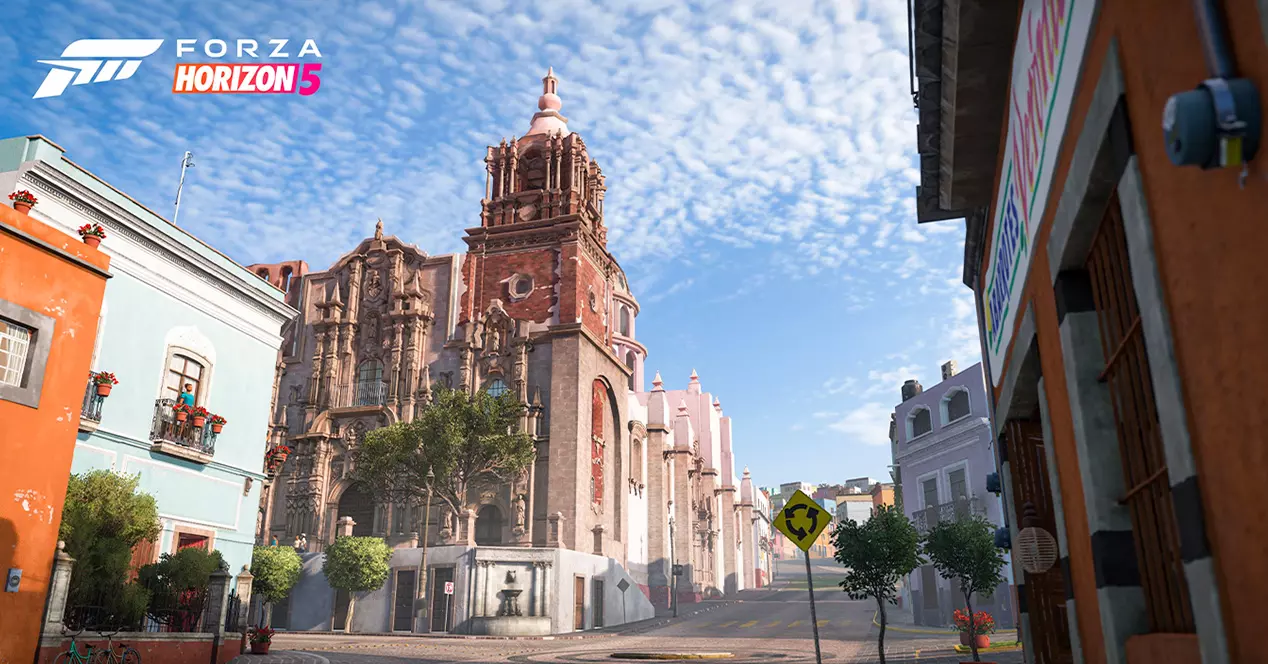
It seems incredible, but xx days have already passed since the Artemis I mission took the big step, with the more than expected launch. Let us remember that it was scheduled for 2021 but that, due to some problems in the SLS, the great NASA launcher that allows the US space agency to recover its autonomy in space launches, has been postponed. In August of this year we learned that, finally, everything was ready but, a new jug of cold water, the launch that was going to take place that same month had to be canceled due to a problem with one of the SLS engines, and it was The same happened with the next attempt, this one at the beginning of September, due to a fuel leak.
It seemed like the never-ending story, it almost gave the feeling that the Artemis I mission was “jinxed”, since all the launch windows concentrated between the end of August and the beginning of September were lost, but we must take into account the technical complexity and the parameters of space agency security, even for an unmanned mission like this. And it is that if an accident occurs, the economic losses could compromise, very seriously, the viability of the entire Artemis program.
Thus slowly, but with good handwriting, the technicians continued working from that point and, finally, on December 15, the SLS, with the Orion ship on board, took off from the Kennedy Space Center, traditionally known as Cape Canaveral, giving Thus, I begin a 25-day mission during which Orion has come to be in the orbit of the Moon, just 80 miles from its surface, after which it has executed a retrograde orbit trajectory around our planet’s satellite, period used by science and engineering teams to perform multiple checks. And it is that we remember that Artemis I is, mainly, a great test for Artemis II, which will be a manned mission.
With all the Artemis I tests successfully completed, Orion left lunar orbit a few days ago to make his way back home, a journey that It will conclude in a few hours with the re-entry of the ship into the Earth’s atmosphere and its subsequent splashdown in the Pacific Ocean., near Guadalupe Island, located 130 nautical miles off the coast of Baja California. The exact location has been chosen so as not to endanger anyone, since it is quite far from the earth’s surface and does not coincide with nautical routes.
At the time of publishing this news item, at 5:00 p.m. Spanish peninsular time, NASA has just started a YouTube broadcast in which, during the last hours of Artemis I, it will give a complete follow-up of the approach, reentry and splashdown, along with a comprehensive mission analysis and expert commentary. However, the main dish will still take a while, because splashdown is scheduled for 6:40 p.m. (again Spanish peninsular time, 5:40 p.m. in the Canary Islands).
Artemis I is, as we have already told you, the first mission of the Artemis program, which aims to return humans to the Moon at some point in this century and, hypothetically, to Mars at some point in the next decade.



